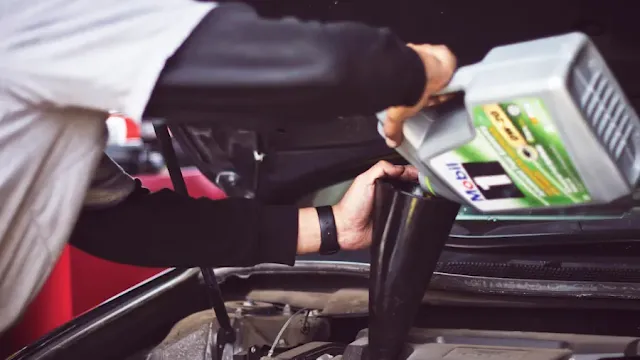Understanding when most cars start experiencing issues is crucial for any car owner or potential buyer. The longevity and reliability of a vehicle depend on several factors, including the make and model, maintenance history, driving conditions, and the owner's driving habits. Knowing the common mileage markers for potential problems can help you anticipate maintenance needs and avoid unexpected breakdowns. This article explores the typical mileage ranges where cars begin to encounter issues and offers tips on how to maintain your vehicle for long-term reliability.
Common Mileage Markers for Car Issues
50,000 to 80,000 Miles Breakdowns and the need for repairs often occur between 50,000 to 80,000 miles. Common issues during this period include water pump failures and engine oil-related problems, often due to insufficient oil changes or the use of low-quality oil. Generally, most repairs result from operator error and maintenance negligence.
100,000 to 150,000 Miles As vehicles age and reach the 100,000 to 150,000-mile range, they might begin to show more significant problems, such as engine and transmission issues, suspension troubles, or electrical faults. This mileage range used to be a significant milestone for potential repairs, but modern cars, thanks to improved reliability, often surpass this without major issues.
Over 200,000 Miles Well-maintained cars can often reach over 200,000 miles with minimal problems. Vehicles known for their durability and longevity can continue to perform well if they have been properly cared for. Regular maintenance, such as oil changes, fluid checks, tune-ups, and timely repairs, is crucial for extending a vehicle's lifespan and minimizing major issues.
Factors Influencing Car Longevity
Maintenance Negligence One of the primary reasons cars start experiencing issues is maintenance negligence. Failing to change fluids, ignoring the timing belt, and not washing off salt and grime can lead to a host of problems before reaching significant mileage markers.
Driving Habits Driving habits also play a critical role in a car's longevity. Vehicles driven harshly or beyond their intended use tend to require more frequent repairs. Conversely, driving a vehicle according to its design specifications and performing maintenance that exceeds the manufacturer's recommendations can help ensure reliability.
Vehicle Type Different vehicle types have varying maintenance needs. For example, SUVs often face maintenance issues due to poor design, while trucks may suffer from both poor design and abuse. Understanding the specific needs of your vehicle type can help you anticipate potential problems and take preventative measures.
The point at which most cars start experiencing issues varies widely, but common mileage markers provide useful guidelines. By paying attention to your car's maintenance needs and adopting good driving habits, you can extend its lifespan and reduce the likelihood of major issues. Regular maintenance, following the manufacturer's recommended schedule, and addressing problems promptly are key to keeping your car running smoothly for as long as possible.










